
Tell me guys, what would you rather see in your home – a snake or a bed bug? A snake, of course, am I right!? God knows it’s way more dangerous, but at least it’s not as nasty and gross as bed bugs.
And, God damn it, how do I hate these little bloodsuckers! So, I know you’ve tried all sorts of tricks and hacks to kill bed bugs, including the use of pesticides or vacuuming bed bugs. So, in the latter case, tell me this.
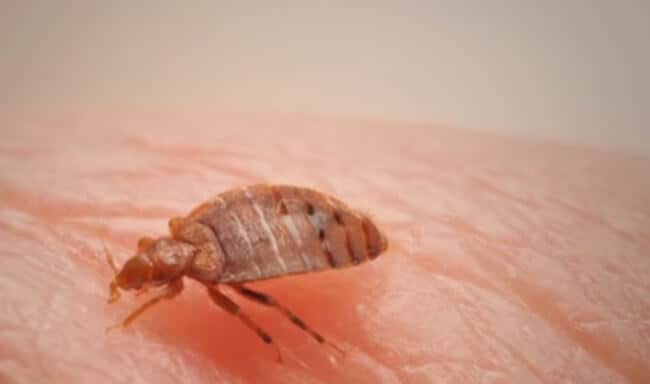
Have you ever found a living bed bug in your vacuum cleaner after you’ve done vacuuming bed bugs? This brings us to the question was it an accident?
“From my experience and research, I can affirm that bed bugs are highly resilient creatures and can indeed survive in vacuum cleaners. However, they won’t necessarily make a vacuum their permanent domicile. For them to genuinely flourish, they require a human host for their blood meals. So, if you find bed bugs in your vacuum cleaner, it’s likely transient and a direct reflection of a larger infestation in your home.”
Dr. Thompson Scott , Urban Entomologist
Can Bed Bugs Survive Inside and Live in Your Vacuum Cleaner with a Bag vs. Bagless Vacuum Cleaner??
Sadly, they can!
I know you were hoping for a different answer, but there’s only so much I could do. In the rest of the article, I will try to explain why this is so, i.e. why these little pests remain living even after you’ve vacuumed them giving some tips on how to get rid of the infestation.
But, first…
What Do We Know about Bed Bugs?
They are nasty, they are filthy, they are horrendous! They like to live in old, mouldy places such as furniture and/or carpets. So, yeah, fabric and bare wood is where they thrive.
Bed bugs are from the Arthropoda family, which includes scorpions and crabs too. They feed on blood which can cause rashes on human skin.
They spread quickly and they are not keen on open spaces. Although they can survive outdoors for a brief while. Obviously, they prefer the musky, stale atmosphere and will, by all means, try to get inside your home.
Know that they will succeed. Moreover, they can be transferred to your home through clothes, personal items, pets even. Once they are inside, you won’t have much time until you are hit by severe cases of bed bug infestations.
Their hiding places will be such that you won’t believe where you find them. And, that rash on your left leg, yeah, it’s probably from the bed bug bites. I get itchy just as I’m writing…
I still remember the bites my friend got in a filthy hotel room she spent a night in due to a booking mistake.
Yikes!
Quick answer
u003cpu003eBed bugs can live in a vacuum cleaner. To get rid of them, remove the bag, spray some pesticide, seal the bag with tape and replace/wash the bag.
How to Get Rid of Bed Bugs??
One way to prevent bed bugs from entering your home is to disinfect regularly, change and wash your sheets and also wash your hands and shower regularly. Maybe you petted somebody’s dog and picked up some bed bug eggs. This is one of the ways you can get bed bugs without realizing it.
Congrats, you’ve infested your home/office with bed bugs. As simple as that! Anyways, I don’t know about a perfect method here, probably it would be calling the pest control companies so they do their magic with proper heat treatment. But, if you want a quick fix, among other methods and other non chemical controls I’d suggest the use of vacuum cleaners. So, for DIY bed bug control and bed bug infestation prevention, you can use your vacuum cleaner.
Bed bugs can also be killed with heat, they won’t resist a temperature of 50°C or less than 5°C.
And, Which Vacuum Cleaner with a Bag vs. Bagless Vacuum Cleaner? to Use?
Hmm, there is no special vacuum for bed bugs. You already have one if you have a “normal” vacuum cleaner with a HEPA or water filter. Just as long as you are using it, the key tips would include the use of the vacuum crevice tool since it has better access to the bed bugs’ hidden spots. Moreover, it will easily navigate through multiple infested items so you don’t have to think about how to get rid of bed bugs inside your laptop for example.
Yes, you can find them there too, not just in your bed and carpet or a simple rolling door. They can get almost anywhere! As for the cleaning power of the vacuum cleaner, of course, the stronger the better, a 300w suction power is recommended. That will surely cause the bed bugs end. But, if you want to vacuum bed bugs, do you use…
Vacuum Cleaner with a Bag vs. Bagless Vacuum Cleaner? with a Bag vs. Bagless Vacuum Cleaner with a Bag vs. Bagless Vacuum Cleaner??
Hmm, vacuum cleaners with a bag could be interpreted as a better option. Namely, once you start vacuuming, the vacuum bag will hold in most bugs, including bed bug eggs and shed skins.
This is important since even if you vacuum all the adult bed bugs, the eggs will just develop and your previously infested areas will be infested again. You and I both know that the brand new bed bug infestation is the last thing you need. So by vacuuming that includes a vacuum with a bag, you’ll surely hold in and eliminate bed bugs even before they turn into bed bugs.
For this method of pest control, I’d still recommend the use of a disposable vacuum bag. Cause, once you’ve done vacuuming, you just take a regular plastic bag, put the disposable vacuum bag inside, place tape all over and throw this sealed plastic bag away, additionally, yo can spray some insecticide that has Pyrethrins as its active ingredient. These plastic bags will be your best ally since they will keep all the bed bugs inside with zero chance of escape.
Again, I can’t stress enough that a single bed bug that remained alive can cause a brand new plague in your home. As for the bagless vacuum cleaners, the filter attached is the one doing the bag job. It’s crucial to clean your vacuum after dealing with bed bugs to prevent reinfestation. Still, with bagless vacuums, you are running the risk of bed bugs leaving the filter and entering some other vacuum parts.
This is why you need to be extra cautious that no bugs escape the filter. Of course, after vacuuming, you don’t have to buy a new filter. You can wash it with hot soapy water that goes above 60°C, preferably with 1/4 cup of pesticide added, just to stay on the safe side.
On the other hand, cleaning your whole vacuum cleaner is also recommended to make sure no bugs linger or get stuck in any of the attachments and start the whole mess again. If your vacuum smells after cleaning, it might be a sign that some bugs or debris are still present. On the other hand, though, I’m not saying bagless vacuum is a poor choice. It’s all a matter of interpretation. Namely, if you opt for one with a simple folding door and sliding mechanism, you can easily push everything out, bed bugs included.
But…
Does Vacuuming Kill Bed Bugs?
Once you begin vacuuming these little bloodsuckers, you will be more than thrilled thinking how you outsmarted the pest controllers and dealt with an infestation all on your own.
Even water filters won’t help that much because these little animals can floats and survive for more than 1 week.
But, don’t be fooled! Don’t expect to see dead bed bugs once you open the bag. These bed bugs will be dead bugs only after heat or insecticide treatment. Or after you squish them dead!
These little animals live in in the cracks of your mattress!
I already explained that bloody bed bugs thrive in closed spaces, so the only harm the vacuum will do to them is to trap them inside the vacuum. So, no – vacuuming does not kill bed bugs.
For a 100% effective method of pest control, I’d recommend that you combine vacuuming, nay, repeated vacuuming with an insecticide. In this way, you would make sure to avoid repeated infestation and would know that you got rid of bed bugs once and for all.
The infestation with bed bugs is a true nightmare! I mean, finding a single bed bug in your bed is stressful enough, let alone a more severe infestation case. However, don’t get depressed over the infestation.
It doesn’t mean you are filthy or unhygienic, it just means you were unlucky to pick them up along the way, it is estimated that bed bugs live in 2 out of 3 houses at some point. Maybe your furry pet picked it up somewhere and brought it home. Luckily, a simple vacuum can help get rid of these live bed bugs in combination with a little pesticide.
It’s great since it can reach all the spots where bed bugs live and hide and you can start with a clean slate. Just with a simple vacuum!
References
https://www.epa.gov/bedbugs/pesticides-control-bed-bugs
https://citybugs.tamu.edu/factsheets/biting-stinging/others/ent-3012/

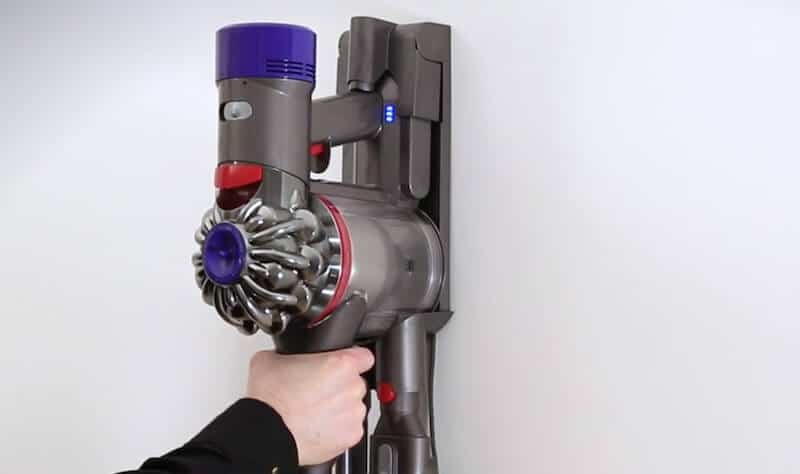
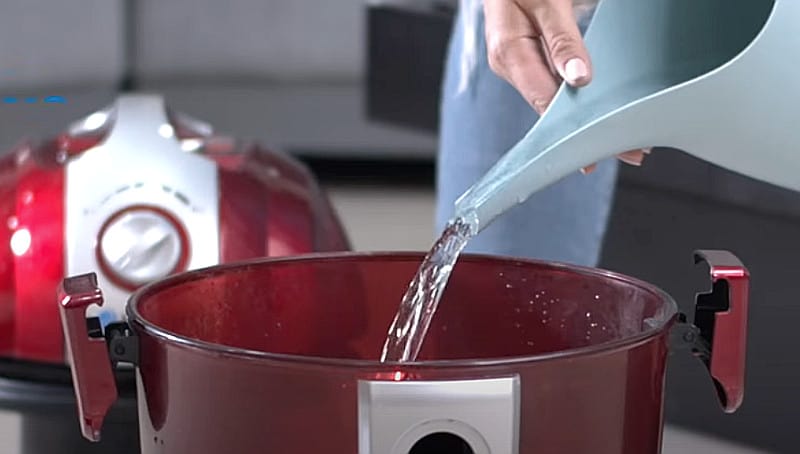
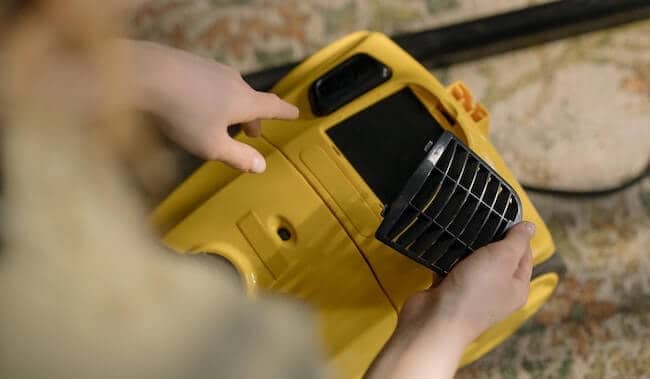
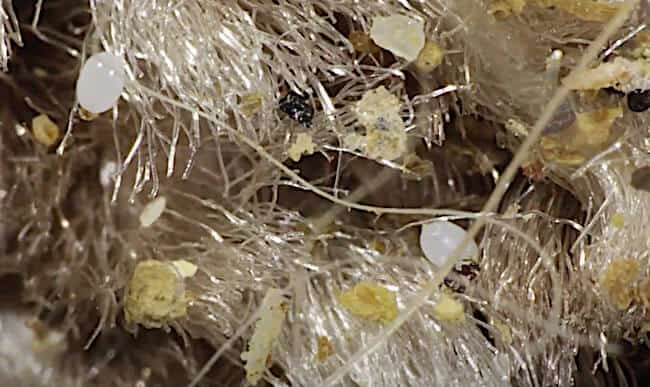
Neither snakes nor bed bugs are welcome visitors in any home. Rather than falling into panic, I advise folks to arm themselves with knowledge on how to naturally deal with these critters, since in my long years of experience, knee-jerk reactions often worsen the situation.
Just as one would go to war knowing their enemy, in dealing with pests, it helps to know about their lifecycle, habits and habitat for effective elimination.
When I shifted to my old Victorian house, a nightmare unfolded as it was infested with bed bugs; trust me, pest control saved my sanity.
I truly empathize, Lemon. Our old farmstead was overtaken by the little critters too; it was like living through a horror movie. Pest control indeed becomes our last beacon of hope in such dire situations!
Just like solo adventurers are unsuccessful at exploring uncharted territories, so too is vacuuming an ineffective method at completely ridding bed bugs; professional extermination is essential, just as a seasoned exploration team can secure the successful navigation of unknown lands.
Absolutely agree with you, Quinton. Vacuuming alone isn’t sufficient to get rid of bed bugs; professional extermination is key. I’ve encountered numerous cases where folks trusted their vacuum cleaners only to find out later that not all bed bugs were eradicated, leading to another infestation within weeks.